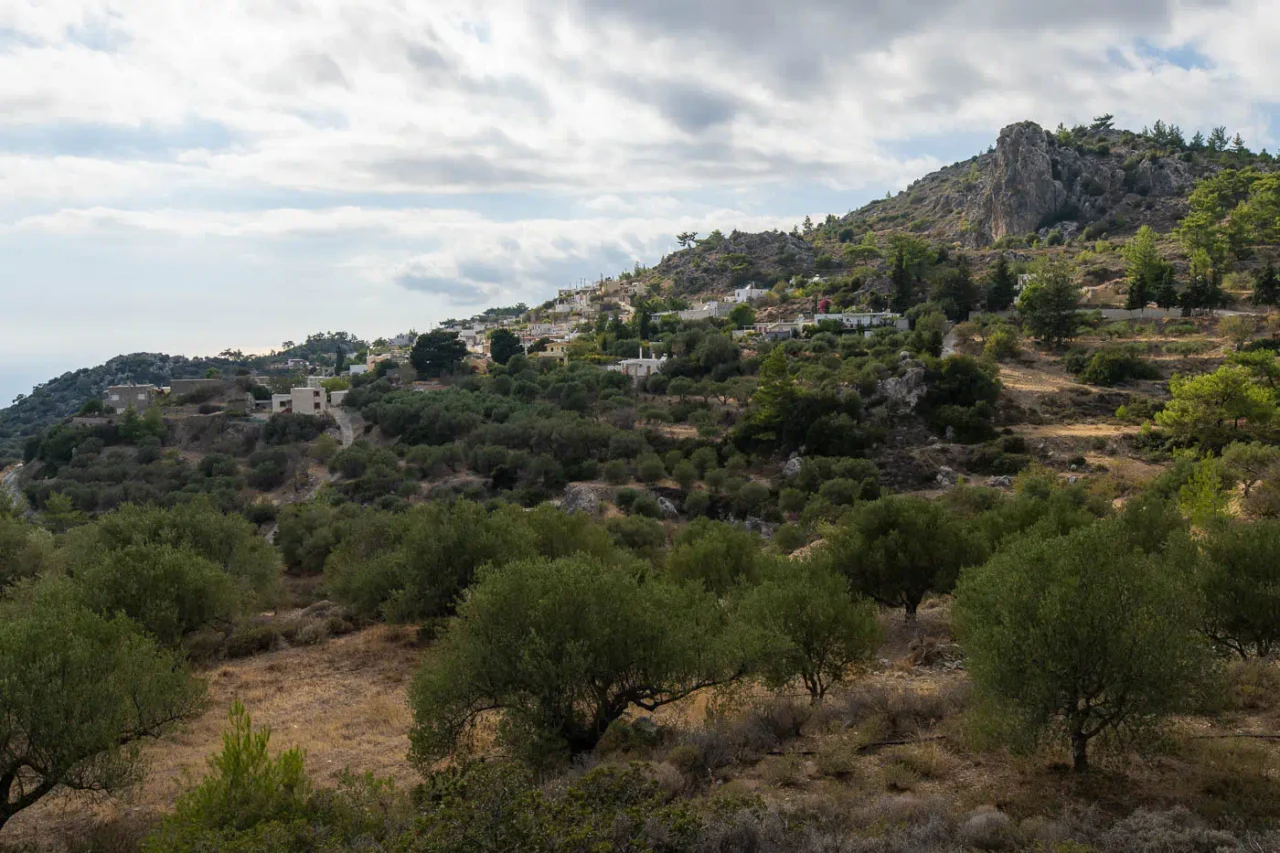
Anatoli is a village in the Ierapetra municipality, Lasithi, Crete. It is situated at an altitude of 610 meters on the southern slopes of Mount Dikti, offering panoramic views of the Libyan Sea. The village is located approximately 17 kilometers from the town of Ierapetra.
Etymology
The village’s name, Anatoli, derives from the Greek verb “anatello,” meaning “to rise” or “to appear over the horizon.” This is a reference to the village’s elevated position.
History
Venetian Period Venetians settled in the Anatoli area in the early 11th century, drawn by its strategic location. Historical records from the Venetian era, such as those by Francesco Barozzi (1577) and the census of Castrophylacas (1583), mention the village. To solidify their control and monitor the Libyan Sea, the Venetians built a tower in Anatoli, now known as “The Tower of Lakerdas in Teichio.” Italian historian Giuseppe Gerola, who visited Crete in the early 20th century, documented this tower.
Ottoman Period After the Ottoman conquest of Crete in 1669, Anatoli survived and became a prominent village. Ottoman censuses from 1634 and 1834 record the village and its population. During the Greek War of Independence in 1821, Anatoli residents actively participated, and many were killed by the Ottomans.
Cretan Revolt The village played a significant role in the Cretan revolts of 1866-69 and 1878. Notable figures from Anatoli included the chieftain Emmanuel Lakerdas and other resistance leaders like Iakovos Macheras, Athanasios Barberakis, and Georgios Bekiaris.
Modern Era After 1970, many Anatoli residents moved to the lowlands, establishing the settlement of Nea Anatoli (New Anatoli) and the villages of Stomio and Ammoudares.
Preservation The original settlement of Anatoli (Palaia Anatoli – Old Anatoli) retains its traditional character, with stone houses, narrow streets, and the old Kato Vrysi (Lower Fountain). In recent decades, a restoration program has been implemented to preserve the village’s architectural heritage.
Administrative History
Under the Kapodistrias Program (1999-2010), Anatoli was a municipal district with a population of 1,738 (2001 census). This district included the settlements of Anatoli, Ammoudares, Kalogeri, Nea Anatoli, and Stomio. With the Kallikratis program in 2011, Anatoli was re-established as a local community within the Ierapetra municipality.
Culture
Religious Sites Anatoli has a rich religious heritage. The village is home to several archaeological sites, churches (such as the Church of the Transfiguration of the Savior and the Church of the 12 Apostles), and 15th-century Byzantine monasteries built by the monk Neilos Damilas. The Church of Agios Pantes features Byzantine icons and a wood-carved iconostasis. Other notable churches include the Church of Ano Panagia (Upper Virgin Mary) and the Church of Kato Panagia (Lower Virgin Mary), dedicated to the Dormition of the Theotokos.
Traditions Anatoli maintains local traditions. The Cultural and Naturalistic Association of Anatoli, founded in 1993, organizes events like the Bean Soup Festival on Clean Monday and revives old customs such as “kazanemata” (offering of raki), “telalimata,” and the honey treat at the Church of Panagia tou Vari.
Notable Figure Pantelis Baritantonakis, a renowned violin player from eastern Crete, was born in Anatoli.
Village Key Points
- Historical References: Venetian records (16th century), Ottoman censuses (17th and 19th centuries)
- Location: Southern slopes of Mount Dikti, 17 km from Ierapetra, Crete, Greece
- Elevation: 610 meters
- Historical Significance: Strategic location during Venetian and Ottoman periods, active participation in Cretan revolts
- Population: 101 (2021 census)
- Current Status: Traditional village with preserved architecture, local cultural events, and a focus on tourism
Access
Anatoli is 9.5 kilometers away from the town Ierapetra and 3.6 kilometers away from Kalamafka













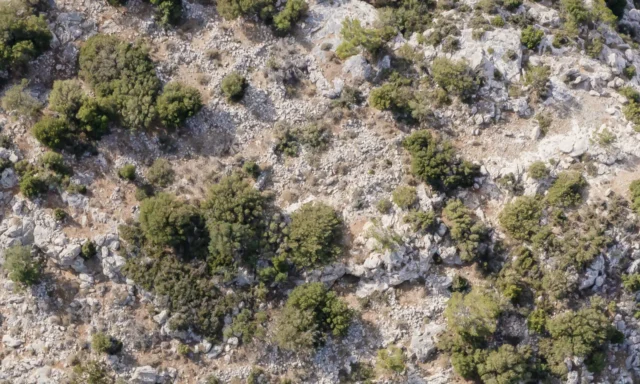



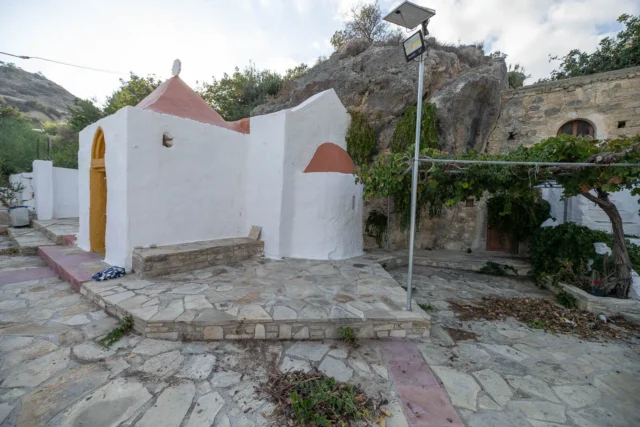

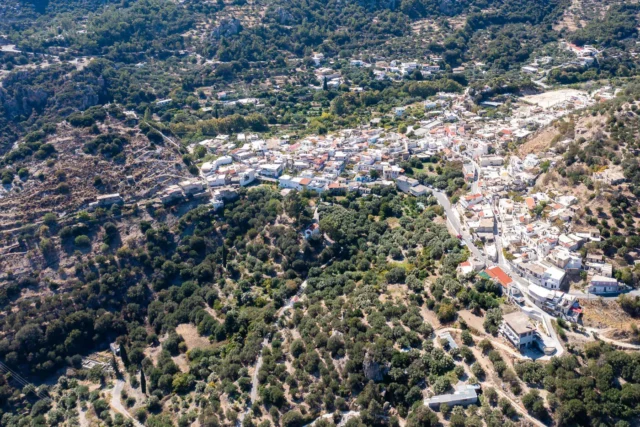

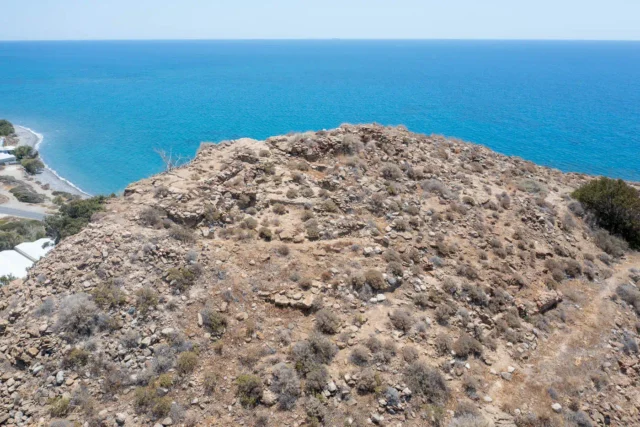
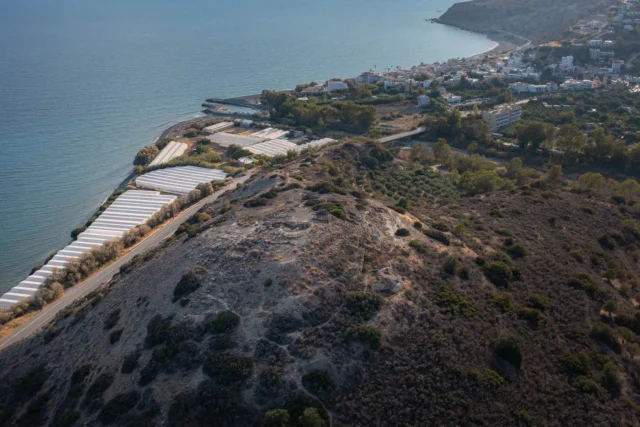
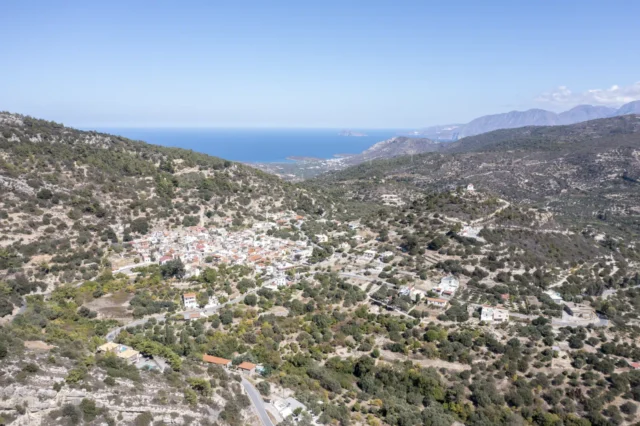
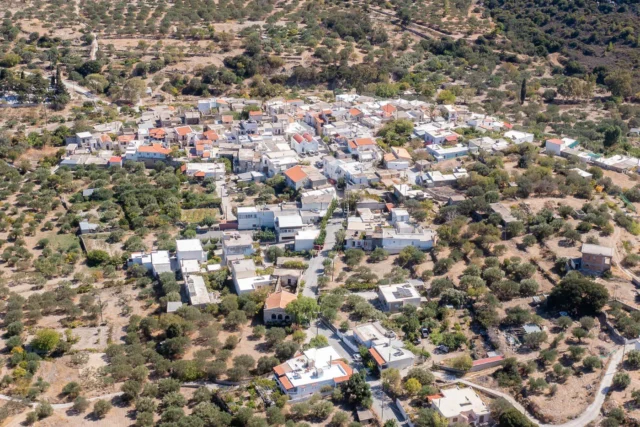
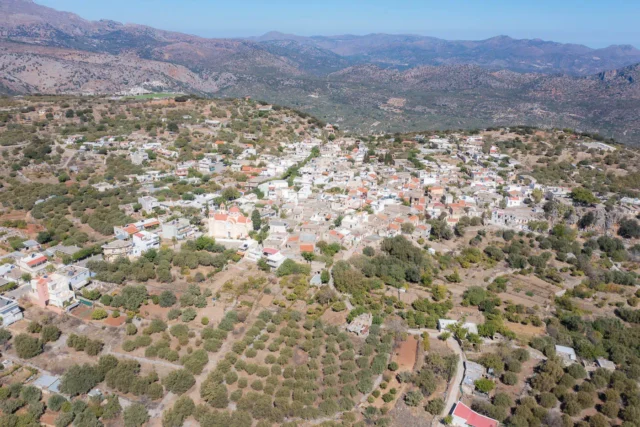
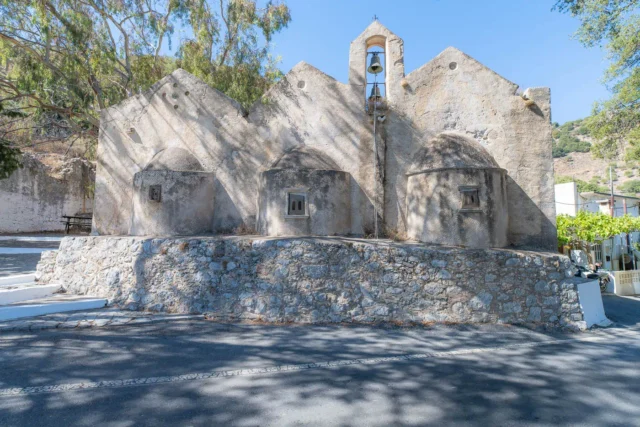

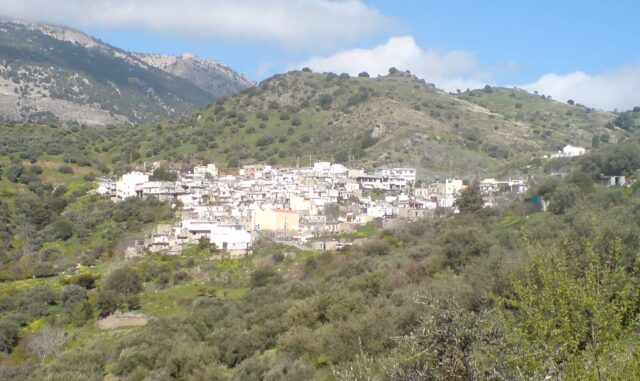
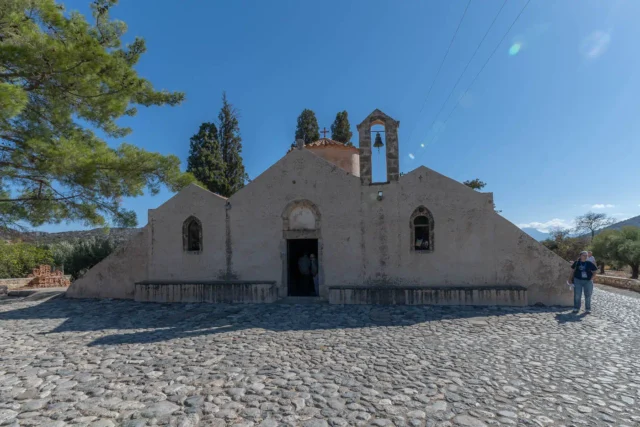
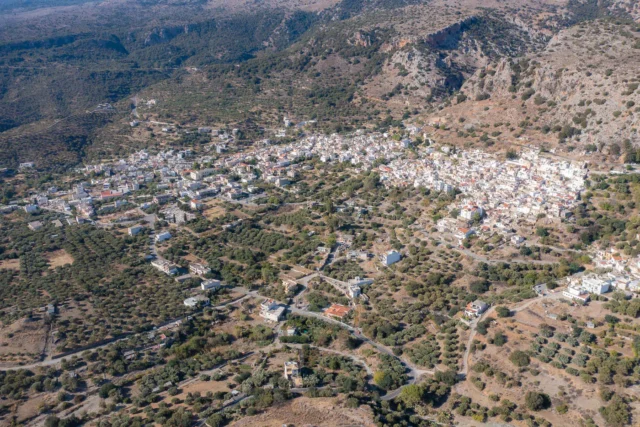

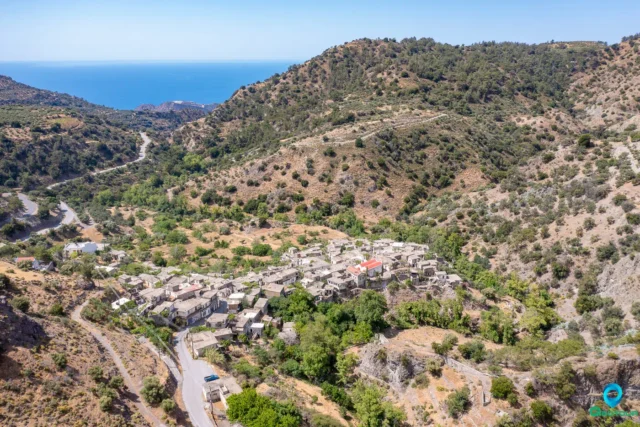

There are no comments yet.